Do you ever consider the soundscape of your life?
This summer, Lance and I joined a small group of people to participate in an audio workshop and artist residency. The session's theme was Ecoacoustics. Speakers and attendees made recordings of natural elements, as well as man-made objects, and used the recordings as source material to create sound art.
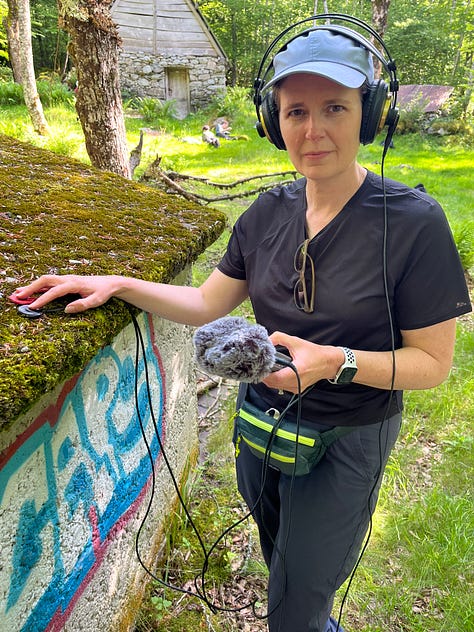
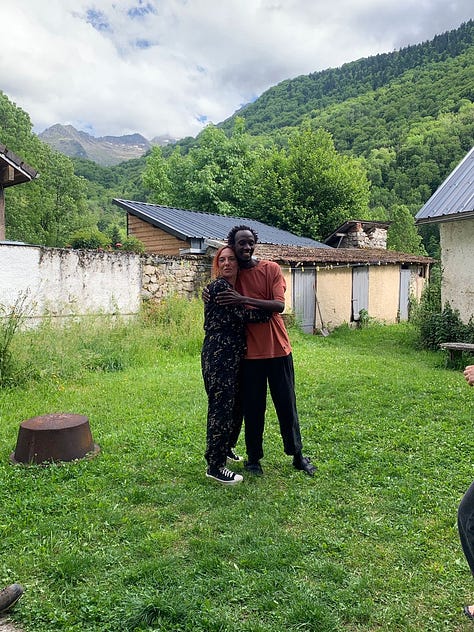
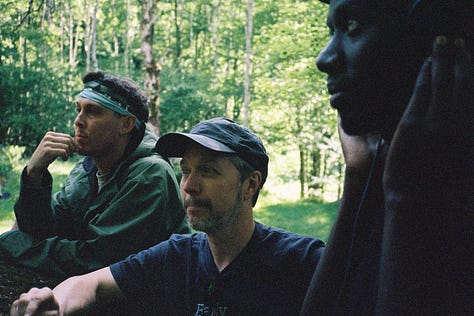
At the end of the week-long session, our group hosted an open house and invited the public to experience the projects we had produced. This included several live performances and installations. Our instructors in this process were Raquel Castro and Joseph Kamaru, who performs under the name KMRU. Both are active sound art practitioners.
Raquel Castro, who educated us about the history and practice of Ecoacoustics, is a Portuguese soundscape researcher, documentary filmmaker, and sound art curator. The sessions with Castro were informative and inspired me to research the subject more.

In 1977, Canadian composer and music educator R. Murray Schafer, published The Tuning of the World, later reprinted as The Soundscape: Our Sonic Environment and the Tuning of the World. In his book, Schafer defined ecology as “the study of the relationship between living organisms and their environment,” and acoustic ecology as “the study of sounds in relationship to life and society.” To Schafer, acoustic ecology was a way to pursue “principles by which the aesthetic quality of the acoustic environment or soundscape may be improved,” with that soundscape regarded “as a huge musical composition, unfolding around us ceaselessly.”
German-born and Canada-based composer and teacher Hildegard Westerkamp was a colleague of Schafer’s and incorporated his concept of soundwalks into her practice. “When you take your ears for a soundwalk, you are both audience and performer in a concert of sound that occurs continually around you. By walking you are able to enter into a conversation with the landscape.”
Westerkamp believes that when we are continuously in touch with our listening, increased communication, connectedness, and understanding can occur.
“In our work as acoustic ecologists, the object is always to encourage listening and to create situations or frameworks in which it feels safe to open our ears to the sounds, languages, and musics of the world.” - Soundwalk Practice: An Agent for Change?
During one of Joseph Kamaru’s talks, he discussed dérive as it applies to his practice of recording. Guy Debord first wrote about the concept of dérive in the Situationist International #2 in December 1958.
“In a dérive one or more persons during a certain period drop their relations, their work, and leisure activities, and all their other usual motives for movement and action, and let themselves be drawn by the attractions of the terrain and the encounters they find there. Chance is a less important factor in this activity than one might think: from a dérive point of view, cities have psychogeographical contours, with constant currents, fixed points, and vortexes that strongly discourage entry into or exit from certain zones.” - Guy Debord
Kamaru explained how using the dérive mindset was useful while recording his piece Kibera in the large informal settlement or slum of the same name in his native Nairobi. He told us that in Kibera the paths and walkways change frequently. Navigating your way requires following your intuition and letting go of the idea of a set path.
I felt an immediate understanding and fondness for the concept. It begins by following your intuition, letting go of an agenda, and straying from the well-worn paths of your environment, heart, and mind. Separating from your common interpretation of a sound and its subsequent meaning can be both unsettling and inspiring. This separation creates space for a new way to experience and understand the world.
You can learn more about Kamaru and his practice of creating sound art using field recordings in this article and hear his audio releases on his Bandcamp page.
Some of the most lively conversations of the week centered around various recording devices and gear, which included such specialized microphones as hydrophones and geophones. One piece of equipment in particular, the Streambox, piqued many partcipant’s curiosity. Developed by artists and researchers under the name Locustream Open Microphone Project in 2005, a Streambox serves as both a recording and transmission device. The initiative’s goal was to offer “internet users the possibility of listening to live sounds coming from hundreds of microphones placed around the world by the various participants in the project.” A Streambox can be built by anyone, set up on location, and transmit its audio stream to an interactive map on the Locustream website.
The Phil Hardberger Park Conservancy in San Antonio, Texas uses a Streambox to assist in observing the migration of Monarch butterflies. The device was set in place by the Flight of the Monarchs project in 2019 as part of a trio of Streamboxes documenting the bi-annual, 3,000-mile migration. The other locations are the Cerro Pelón Monarch Butterfly Reserve in Mexico and Point Pelee National Park in Canada. You can experience and enjoy the sounds documented in these locations thanks to the recordings of Rob Mackay. The BBC incorporated Mackays recordings to produce a beautiful program inspired by this project that you can listen to here. Looking ahead, the butterflies will migrate through Texas beginning in late September. That would be a great time to tune-in and hear the beating of thousands of butterfly wings.
Circling back to pioneering acoustic ecologist R. Murray Schafer, his life’s work is being continued by The World Soundscape Project, which is operated out of Simon Fraser University in British Colombia, Canada. Through this ongoing initiative, you can access information about and examples of audio phenomena that surround us such as electrical equipment that is improperly grounded. You can also listen to over 900 soundscapes by field recordists who have contributed to the project.
Lance and I find this field of audio to be fascinating and inspiring. We hope you will too. Thanks for your support and happy listening!

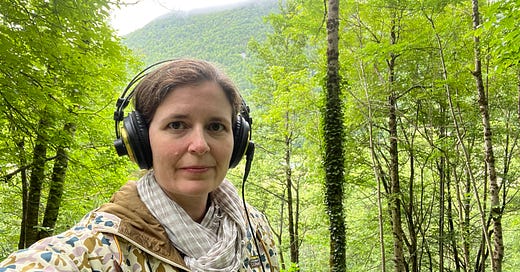






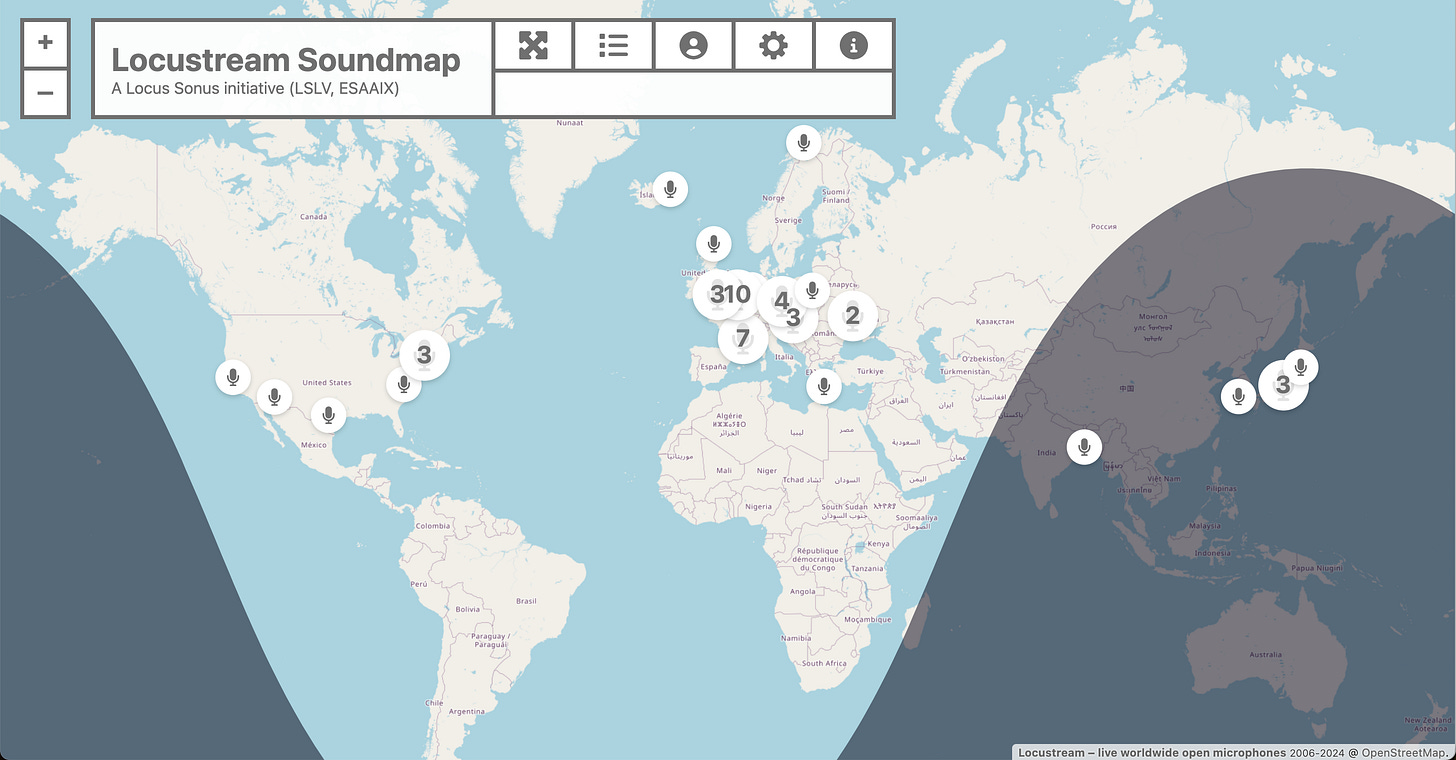



My collaborator and I work with field recordings and manipulations thereof, with a focus on landscape and ecology: http://archivalfeedback.bandcamp.com
Yes! Acoustemologies abound! Steve Feld be praised. Thanks, y’all.